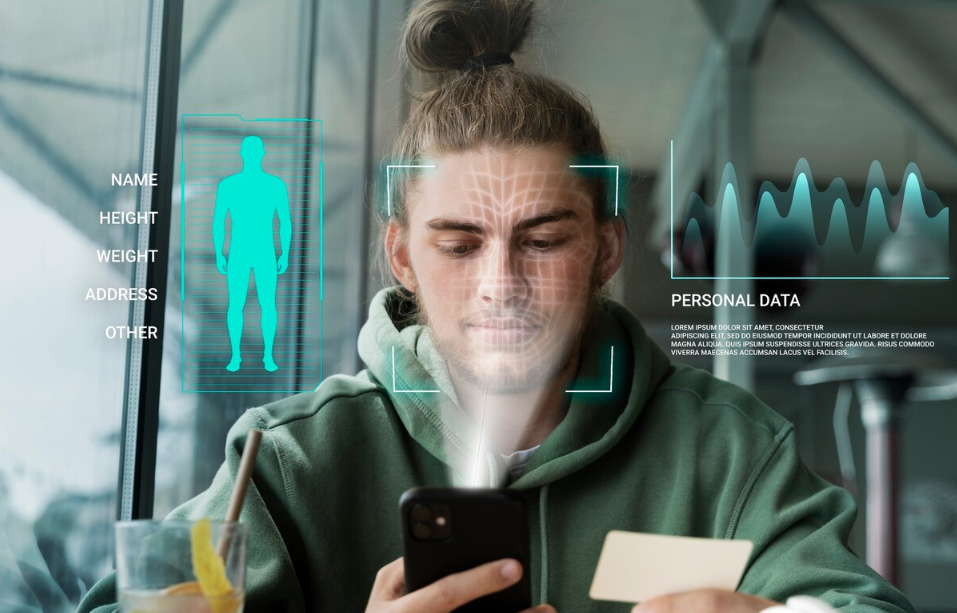The Internet of Things (IoT) has become a cornerstone of modern life. From smart thermostats and home security cameras to wearables and connected vehicles, these devices have revolutionized the way we live, work, and interact. However, with great convenience comes great responsibility, particularly when it comes to cybersecurity. As our world becomes more interconnected, the risk of cyberattacks targeting IoT devices grows exponentially. The question is: who is responsible for ensuring the security of these devices?
The Growth of IoT and the Surge in Vulnerabilities
IoT has seen an explosive growth in the number of connected devices. According to recent estimates, there will be over 30 billion IoT devices in use by 2030, ranging from personal gadgets to industrial machinery. While this connectivity offers immense benefits, it also opens the door to new vulnerabilities. Many IoT devices are designed to be easy to use and affordable, but they often come with weak or non-existent security features. This leaves users and organizations at risk of exploitation by cybercriminals.
IoT devices are particularly susceptible to attacks because they often have limited computing power and storage, meaning they can’t run sophisticated security software like traditional computers. Moreover, many IoT manufacturers prioritize convenience and affordability over robust security measures, creating a vast pool of vulnerable devices for hackers to target.
Examples of IoT Vulnerabilities
- Weak Passwords and Default Credentials: Many devices come with factory-set usernames and passwords that users never bother to change. This is a simple oversight that hackers exploit by gaining access to networks or personal data.
- Unpatched Software: Some IoT devices run outdated software that is no longer supported or patched for vulnerabilities, making them easy targets for cyberattacks.
- Insecure Communication: Many IoT devices lack encryption, allowing attackers to intercept and tamper with the data transmitted between devices.
- Limited Security Measures: Due to cost constraints, many IoT devices have minimal security features, such as firewalls or antivirus protections, leaving them exposed to malware and other threats.
Who’s Responsible for Securing IoT Devices?
The responsibility of securing IoT devices is not as clear-cut as it might seem. Several parties play a role in ensuring the security of connected devices, but accountability often gets blurred.
1. Manufacturers and Developers
The first line of defense in securing IoT devices lies with the manufacturers. Developers are responsible for building secure devices and implementing strong security protocols. This includes:
- Strong Authentication: Manufacturers should ensure that all devices come with secure authentication mechanisms and that default credentials are either avoided or easy to change.
- Regular Software Updates: Devices should receive firmware and software updates regularly to fix vulnerabilities and patch security holes.
- Encryption: All communications between devices should be encrypted to protect sensitive data from unauthorized access.
However, many IoT manufacturers fail to prioritize security in the early stages of development, often overlooking it to keep costs down or speed up product release timelines.
2. Consumers and End Users
Consumers also play a critical role in securing their IoT devices. While manufacturers provide the initial security measures, end users must follow best practices to keep their devices safe. This includes:
- Changing Default Passwords: One of the simplest and most effective ways to secure IoT devices is to change the default username and password to something stronger and unique.
- Regularly Updating Devices: Consumers must make sure that their devices are updated with the latest security patches. Many manufacturers will automatically update devices, but others may require manual updates.
- Device Segmentation: Users should consider placing IoT devices on a separate network from more critical devices, such as laptops and smartphones, to limit exposure in case one device is compromised.
3. Government and Regulatory Bodies
Governments around the world are beginning to recognize the need for stronger regulation of IoT security. Some countries have already enacted laws to mandate minimum security standards for IoT devices, while others are in the process of drafting regulations.
For example, the European Union’s Cybersecurity Act requires manufacturers to follow certain cybersecurity protocols, and in the U.S., lawmakers are proposing the IoT Cybersecurity Improvement Act to improve security across government devices. However, the lack of a universal standard for IoT security remains a challenge, as regulations vary across regions.
4. Third-Party Security Providers
Another layer of protection comes from third-party security companies that offer specialized services to secure IoT devices. These companies provide solutions like intrusion detection systems, firewalls, and advanced encryption that can help protect IoT networks. Additionally, many security firms offer IoT-specific vulnerability assessments and penetration testing services to identify weaknesses in connected devices and networks.
The Future of IoT Security: What Needs to Change?
As IoT continues to grow, the security landscape must evolve to meet the new challenges posed by these connected devices. The following steps can help mitigate the risks:
- Stronger Regulations: Governments should create and enforce universal standards for IoT security, ensuring manufacturers prioritize security at every stage of development.
- Collaboration Between Stakeholders: Manufacturers, consumers, governments, and security providers need to work together to create a more secure IoT ecosystem. This includes regular security audits, open sharing of vulnerability information, and more investment in cybersecurity education.
- Built-In Security by Design: Rather than treating security as an afterthought, manufacturers should adopt a “security by design” approach, integrating strong security features into devices from the outset.
- Public Awareness: Consumers need to be more educated on IoT security risks and best practices. Better public awareness can help users take the necessary steps to protect their devices.
Conclusion
The rise of IoT has undoubtedly transformed the way we interact with technology, but it has also introduced significant cybersecurity challenges. Securing IoT devices is a shared responsibility that requires manufacturers, consumers, governments, and third-party providers to work together. With the right steps in place, the risks can be mitigated, and the benefits of IoT can be enjoyed safely. As IoT continues to expand, the question is not just about who’s protecting our connected devices—but how we can all play a part in that protection.


